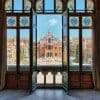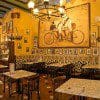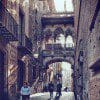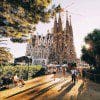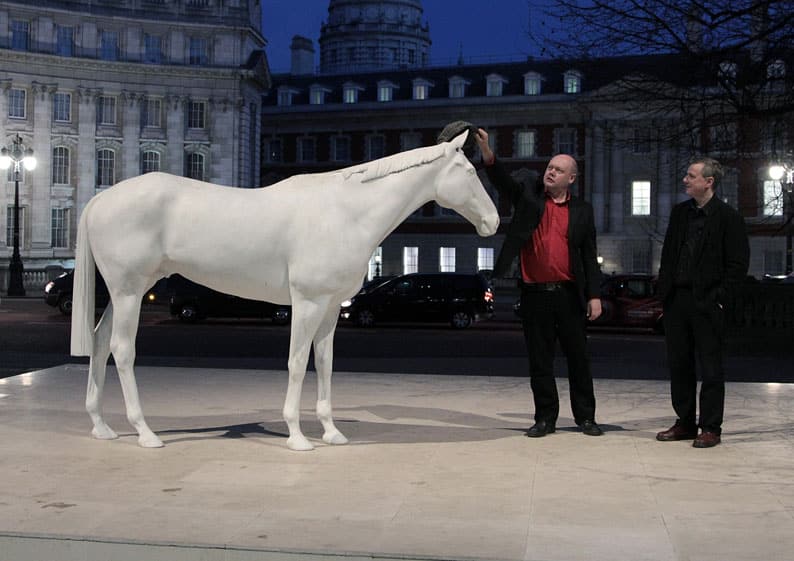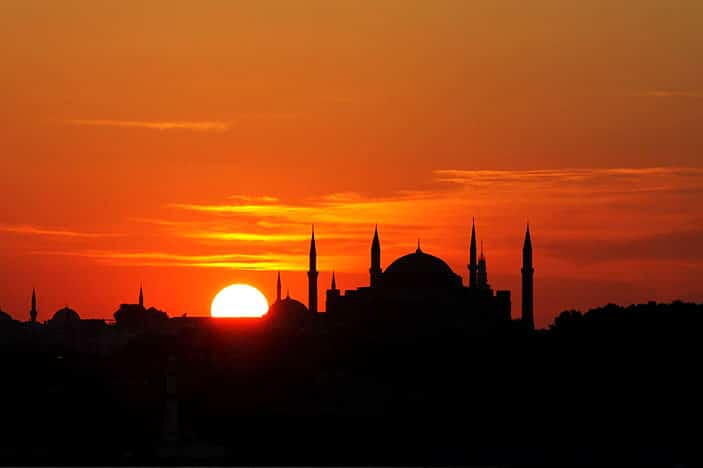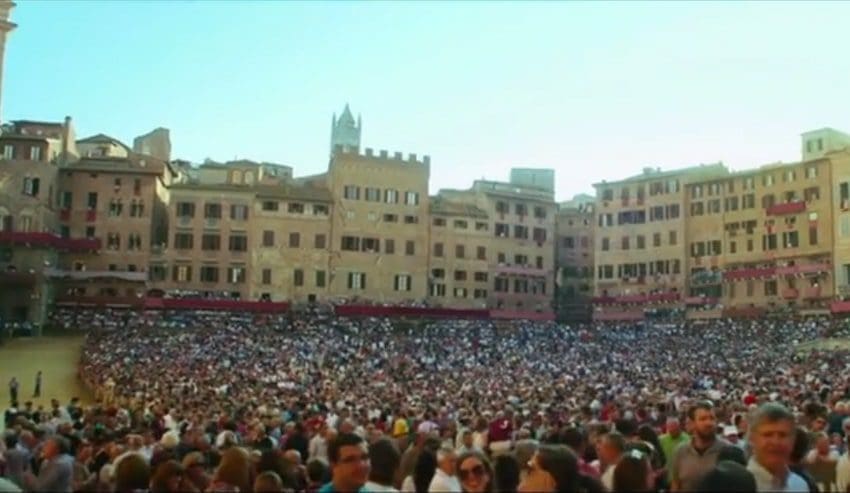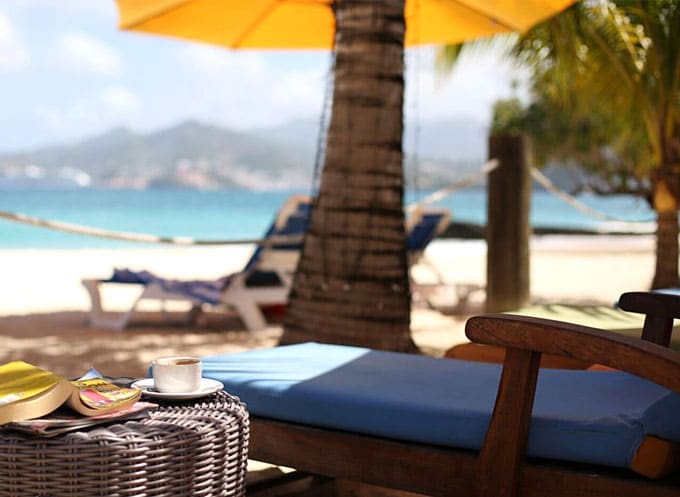words Neil Geraghty
Only in Barcelona could you stumble across a group of hooded monks slouched on the pavement playing Angry Birds on their iPhones.
I’m strolling around the Gothic Quarter’s labyrinthine streets and come across this surreal sight in a small square behind the cathedral. In all fairness they’re film extras taking a break, and as one of Europe’s largest intact Gothic neighbourhoods these narrow streets are often used for filming only needing a splattering of horse dung on the pavements for that authentic medieval touch.
Above the monks, ancient stone hewn gargoyles and heraldic beasts stare down. For aspiring artists growing up in Barcelona, these dungeons and dragons streetscapes are a great source of inspiration.
I’m here to explore the city’s Modernista heritage, the flamboyant arts movement that in the late 19th Century came to symbolise resurgent Catalan identity and transformed Barcelona into one of the most stylish and avant garde cities in the world. I’m keen to discover the inspiration behind this movement and, travelling down by the new superfast TGV train from Paris, I get a good inkling.
As the train emerges from the Perthus Tunnel that slices dramatically through the Pyrenees, we enter a landscape of verdant mountains dotted with fairy tale castles. It’s a landscape that Catalonia’s patron saint St George might well have felt at home in and would pull at the patriotic heartstrings of any fledgling nationalist movement.
I walk down a dark alleyway and by accident discover one of Barcelona’s most beautiful squares, the tiny Plaça de Sant Felip Neri. In the middle of the square A West African guitarist sits next to a tinkling fountain and sings a hauntingly beautiful Senegalese song. Candles flicker on the tables of a terrace restaurant and bats flit around the treetops in the dusk. I take a seat by the fountain and a tour group arrives. My ears prick up when I hear the tour guide mentioning Gaudi, the doyen of Catalan Modernisme.
“This was Gaudi’s favourite square”, she explains. “He was deeply religious and came here every day to pray in St Philip Neri’s church. He was on his way here when he was hit by a tram and fatally injured in June 1926”.
I leave the square by another alleyway from where I get an unexpected view of the cathedral’s three latticework stone spires. From this angle they look uncannily like the famous apostle’s towers from Gaudi’s great masterpiece the Sagrada Familia and the inspiration he took from the cathedral’s flamboyant Gothic architecture is plain to see.
A good introduction to Barcelona’s Modernista heritage is the delightful 4 Cats Café (www.4cats.com) housed in the palatial Casa Martí which in the 1890s became a watering hole for Barcelona’s artistic luminaries including Picasso who held his first exhibition here as a teenager. The late 19th Century was a period of rapid economic expansion in Catalonia and the new wealth led to a resurgence of Catalan national identity which had long been supressed by the Spanish crown. Wealthy industrialists began commissioning buildings that were inspired by the Gothic palaces and heraldic ornamentation of Catalonia’s golden age in the late Middle Ages.
For the Casa Marti the popular Catalan architect Josep Puig I Cadafalch pulled out all the stops. Knights in armour, angels and gargoyles adorn the richly carved ogive windows while elegant lanterns hang from dragon shaped iron brackets. Inside is no less impressive. Broad Gothic windows emblazoned with stained glass lend a suitably medieval feel to the interior which is softened by exquisite bands of floral tiling. The walls are covered in posters and paintings from the café’s fin de siècle heyday, including one by Catalan artist Ramon Casas depicting him and the 4 Cats promoter Pere Romeu riding a Tandem. The painting conjures up all the fun and exuberance of the Modernista arts movement.
From the 4 Cats, I walk over to the nearby Palau de la Musica Catalana (www.palaumusica.cat), one of nine World Heritage Modernista buildings that grace the streets of Barcelona. A choral society in the 1890s, the Orfeó Català became the leading light of the Renaixença, Catalonia’s cultural Renaissance. The choir was so popular that public donations raised enough money to build a permanent concert hall, a task that was given to Lluís Domènach I Montaner one of Catalonia’s most acclaimed architects.
By the 1900s French Art Nouveau influences were permeating Modernista heritage and swirling floral mosaics cover much of the interior walls. The choir performed mostly during the day and for the concert hall Domenach I Montaner envisaged a box of natural light illuminating the stage.
The building’s genius is best appreciated by joining one of the regular daytime tours and on sunny afternoons the effect is dazzling. A light steel framed structure allows vast windows decorated with garlands of stained glass to fill the auditorium seating areas with soft light, and most striking of all a giant sunflower-shaped skylight sparkles above the auditorium with jewel like intensity. In amongst the florid Art Nouveau décor, Catalan national symbols abound including red and white ceramic roses, the flower of St George that decorate the ceiling in exuberant bands.
As the 20th Century progressed Modernista architecture became increasingly experimental and at Parc Guell (www.parcguell.cat), another UNESCO World Heritage Site, Gaudi unleashed his full artistic eccentricity. Gaudi is big business in Barcelona and when I arrive at the park gates my heart sinks when I see several tour buses drawing up. Fortunately, I’m saved from tourist hell by a class of five-year-old schoolkids.
A primary school butts onto the Parc Guell and the children dressed in scarlet jumpers and grey trousers are in the playground performing a chestnut dance with their teachers. As they skip around singing and clapping their hands, the tourists, mostly Chinese, run over to the fence which quickly disappears under a sea of smartphone screens. A few of the children look positively scared but rather than dwell on the ethics of mass tourism and its effects on children, I seize the opportunity and run on ahead to complete my visit ahead of the crowds.
The Parc Guell was an ambitious project to create an affluent garden city of designer homes set amidst landscaped gardens on a hilltop overlooking the city. Two show homes and a porter’s lodge were built and Catalan architect Antoni Gaudi was appointed to design the gardens. A series of dramatic terraces supported by thick sinuous pillars were carved into the hillside and the gardens were filled with surreal animal sculptures covered in ceramic mosaics. Although Gaudi moved into one of the show homes and lived there for the rest of his life, the houses bear an uncanny resemblance to fairytale gingerbread houses and failed to capture the public’s imagination, becoming a big commercial flop.
Early reactions to the Sagrada Familia (ww.sagradafamilia.org) were similarly negative with George Orwell famously describing it as “The most hideous building in the world”. Time, however, is a great healer and few world landmarks now elicit such universal fascination. I walk out of the metro station and the crowds remind me of a NASA rocket launch. Lines of awestruck visitors stand on the pavements shielding their eyes against the sun and pointing at the eight completed towers that soar upwards like giant spindly termite mounds.
And the Sagrada Familia is about to become even more spectacular. In a drive to complete the building by 2026, the centenary of Gaudi’s death, construction has gathered pace and the mighty central towers, destined to become the tallest church towers in the world, are now rising behind a tangle of gravity-defying cranes.
The magical interior, which feels as if you’re stepping into Elrond’s palace at Rivendell, is so popular I decide to come back at opening time to avoid the crowds. Instead, I take a short walk up the pleasant pedestrianized Avenida Gaudi to what is arguably an even greater Modernista building, the Hospital de la Santa Creu I Sant Pau (www.santpaubarcelona.org). Another of Domenach I Montaner’s great civic commissions, the building is one of the most beautiful hospitals ever built and is a masterful fusion of aesthetics and functionality.
Commissioned in 1902 to replace a run-down city hospital, Domenach I Montenar planned 48 spacious pavilions set in therapeutic gardens, each dedicated to a single medical speciality. Only 27 were ever built but they encapsulate all the flair, beauty and symbolism of the Modernista movement. Few tourists bother venturing here from the scrum of the Sagrada Familia and wandering around the peaceful gardens filled with orange trees and fragrant herbs you get a real sense of the hospital’s holistic properties.
Inside the pavilions, colour and light, two of Modernista architecture’s guiding principles are used to great therapeutic effect. The walls are covered in hygienic tiles in soothing shades of pastel green and the wards are lit by broad windows creating an uplifting environment of natural light. Outside, elements from the full spectrum of Catalonia’s architectural heritage: Romanesque arches, Gothic windows and Baroque domes covered in tiles emblazoned with Catalan symbols are thrown together in such exuberant flights of fancy that recovering patients would never have had a dull moment gazing up at these inspiring pavilions.
I walk over to the palatial administrative building and from the upstairs gallery pause to look out of the window. From here I get one of Barcelona’s most spectacular views of the Sagrada Familia. A sea mist is rolling in and the towers and cranes are disappearing in the billowing clouds. It’s an awe-inspiring sight and I feel the same sense of wonder that our ancestors must have felt when they gazed upon the great Gothic cathedrals rising above the rooftops of Europe’s medieval cities.
Gothic aura – behind Barcelona’s modernista heritage – words Neil Geraghty
Train fares from London to Barcelona on Eurostar and the new direct high speed TGV from Paris start at £132 standard class return. For bookings visit www.voyages-sncf.com or call 0844 848 5848 (please note calls to 0844 numbers cost 7pence per minute plus the phone company’s access charge).
For more information on Barcelona, Modernisme Barcelona, le modernisme, Antoni Gaudi works and the Modernista Route visit www.visitbarcelona.com
For more information on Catalonia & Catalan Modernista heritage and architecture and the Italy world heritage sites visit www.catalunya.com
Gothic aura – behind Barcelona’s modernista heritage – words Neil Geraghty


